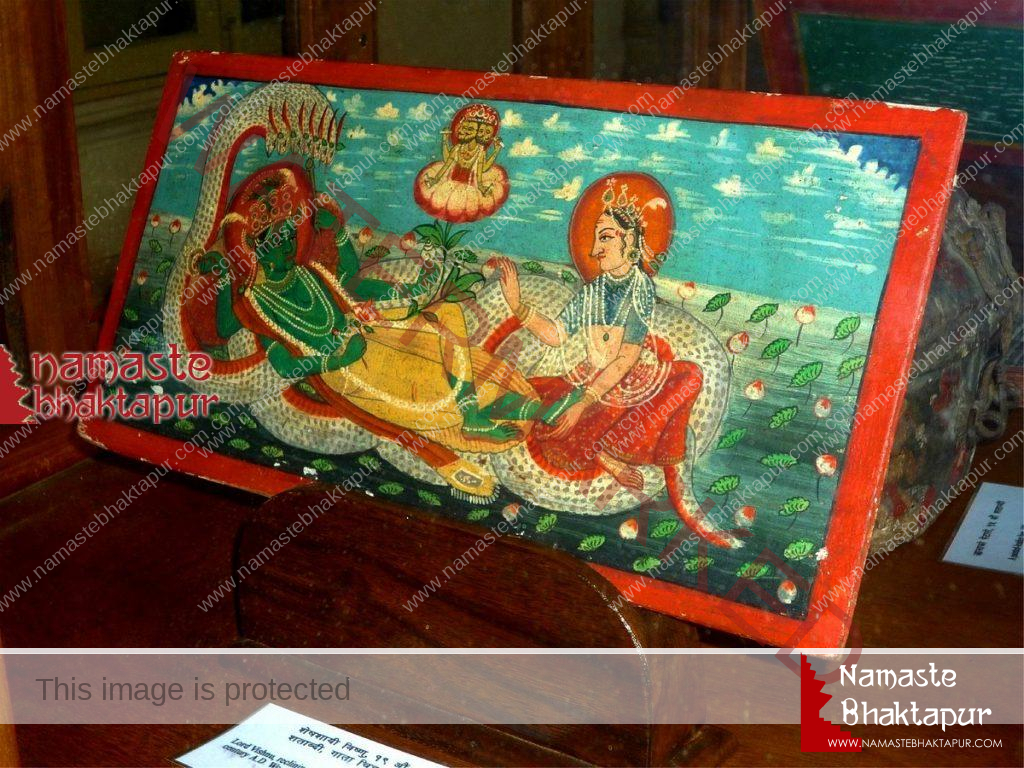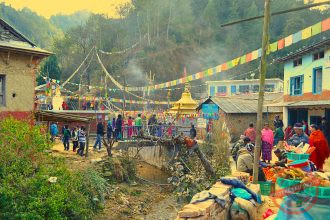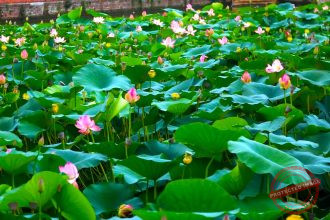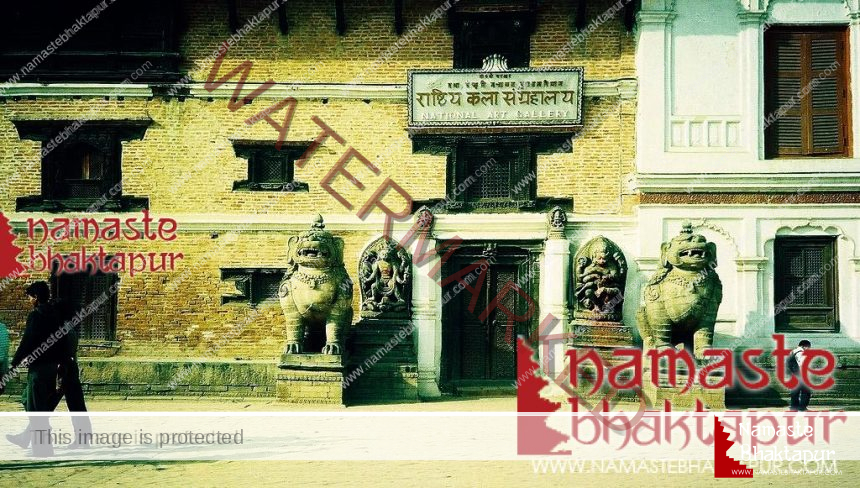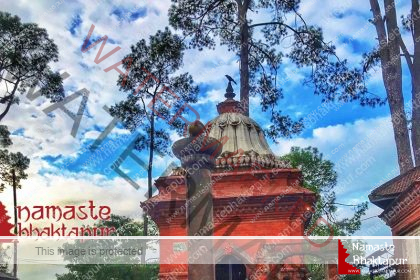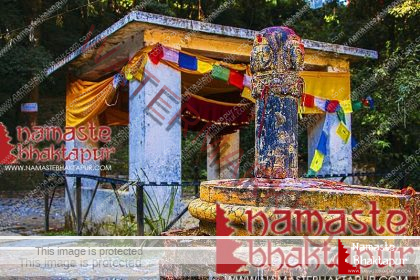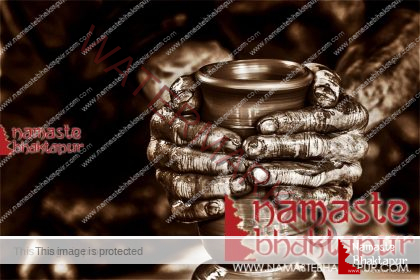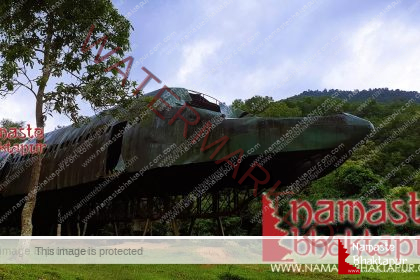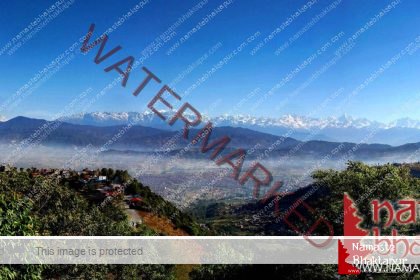The best of Bhaktapur’s three museums may be found on the western end of the Royal Palace(LAYAKU). Inside, you’ll find a large collection of Tantric cloth paintings (the Hindu equivalent of Buddhist thangkas), palm-leaf manuscripts, and Metal-Bronze, Stone, and Wooden votive objects, some of which date back to the 12th century. Keep your ticket because it also covers the Tachupal Tole Woodcarving Museum and the Brass & Bronze Museum.
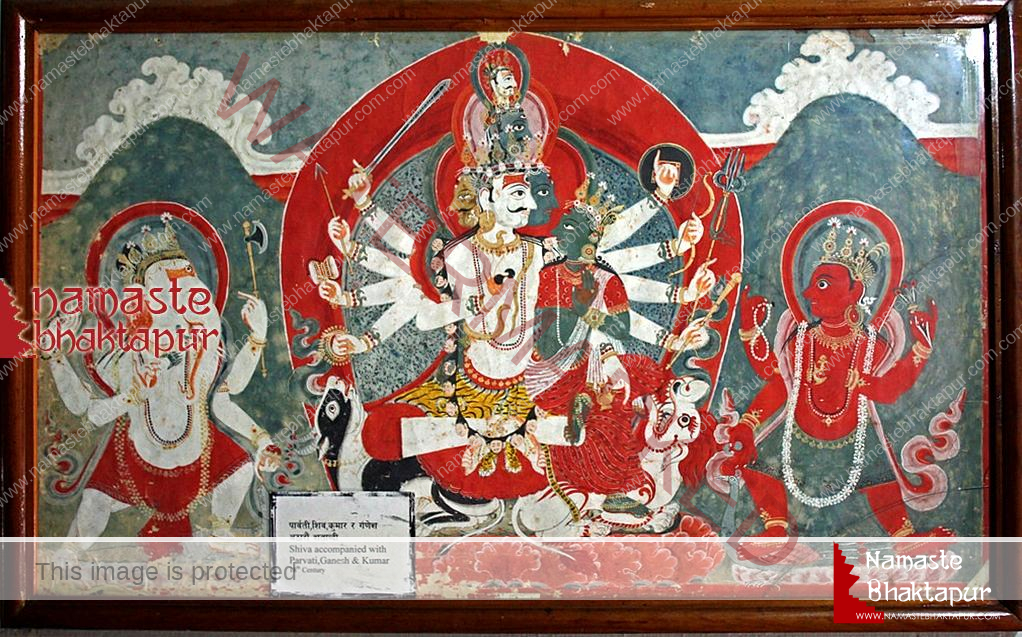
The National Art Galleryis one of Nepal‘s most fascinating and must-see attractions. This gallery is housed in a stunning palace in Bhaktapur, in the heart of the Kathmandu Valley. According to legend, this palace is the oldest in the Kathmandu valley. Aside from that, the arches and patterns are also worth admiring. Manuscripts and chronicles, such as Paubha scroll paintings, bronze, brass, stone, and wooden images, are housed in the exhibit. Two massive guardian lions, one male and one female, stand guard at the gallery’s entrance. Some enormous 17th-century statues of Hanuman the monkey god, in his four-armed Tantric form, and Vishnu as the gut-ripping Narsingha stand beside the lions.
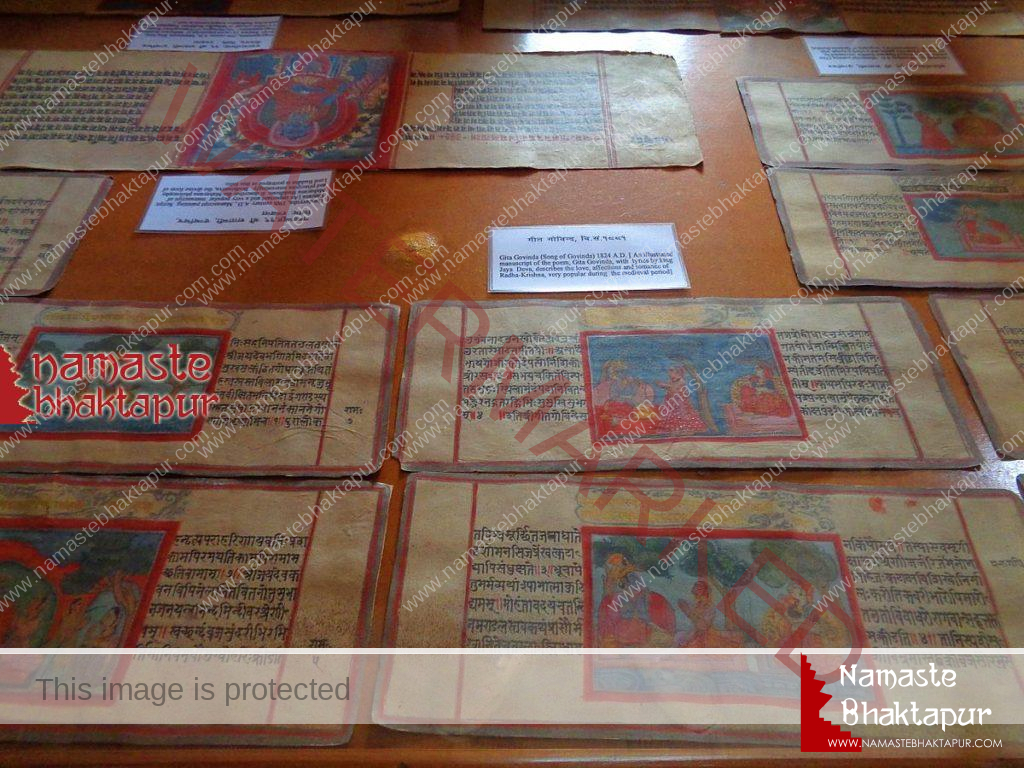
The museum’s pride and joy is its incredible collection of paintings and murals. The paintings and arts on display here are heavily influenced by Buddhism. Thankas are ancient paintings that were used by Buddhist monks to focus during prayers.
Portraits of all the Shah monarchs, including King Gyanendra (the last of the Nepali kings) after the monarchy was abolished in 2008, may be found inside the gallery. Look for pictures of the terrifying Maha Sambhara, which has 21 faces and an incredible number of arms, in the first gallery, and then turn around on the spot to see scenes from the Kama Sutra. There are also numerous valuable scriptures and everyday things on exhibit, as well as examples. The building’s second level is fully dedicated to historical chronicles and manuscripts belonging to numerous kings from the Rana and Shah Dynasties, which provide a wealth of information about the political, cultural, social, and economic aspects of the time. However, some of the materials are classified and are not available for viewing. Researchers could, however, request permission from the Ministry of Culture to view the secret documents. The gallery may be of significant interest and assistance to history students and researchers.
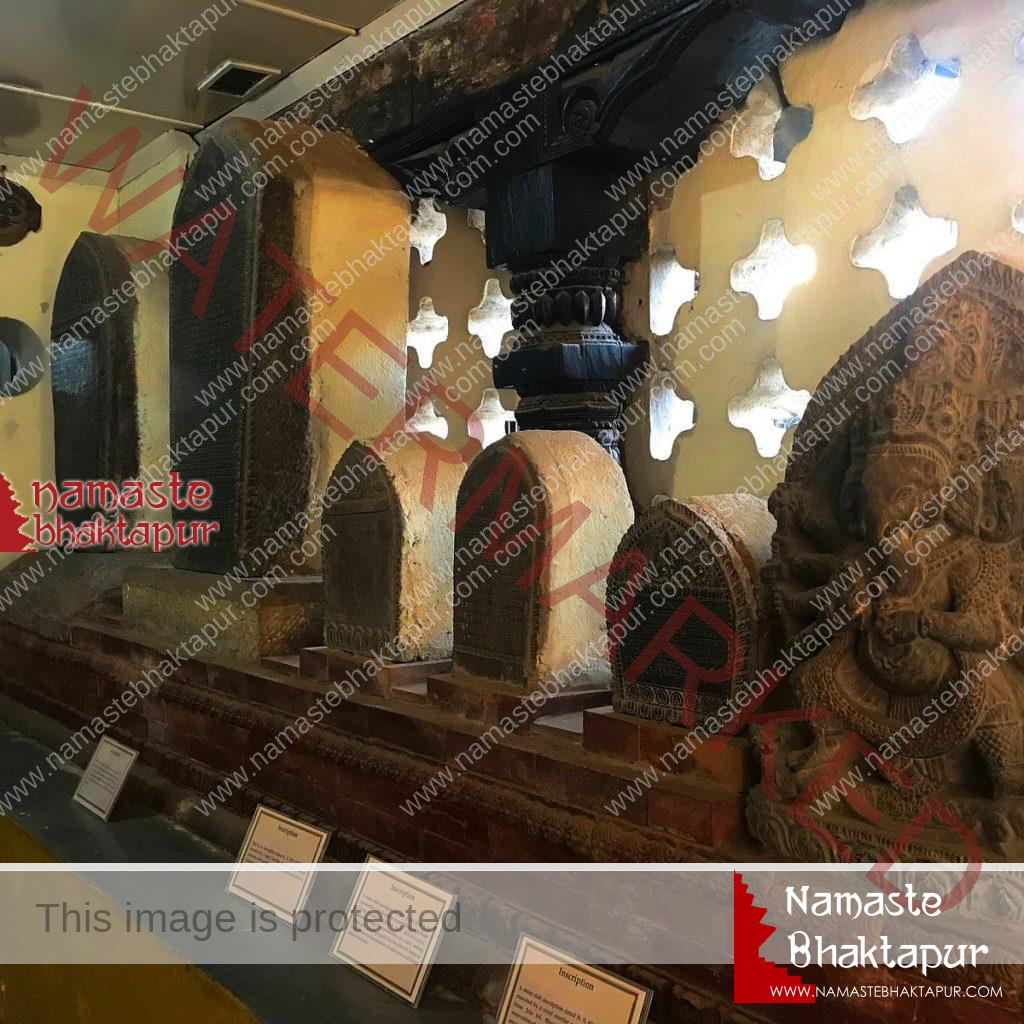
The fact that the gallery is located in a former palace adds to the gallery’s appeal. It was possible to speculate and grasp how the people who lived in the palace lived. The large windows and high ceilings contrast with the small doors. Those seeking to understand the culture and time during the Malla period will find the National Art Gallery of great interest and value.
National Art Gallery is not included in the basic entrance charge to Bhaktapur. A ticket to the National Art Gallery costs 150 rupees, but it also grants you admission to the Woodwork and Brass-Bronze Museums in Dattatreya Square. The museum is open from 10 AM to 4 PM and only until 3 PM on Friday and close on public holidays.
Stone Art Section:
The Stone Art portion of the gallery is located on the ground level, adjacent to the gallery’s main entrance. Some stone inscriptions date from 1468 A.D., during the reigns of Lichhavi King Shiva Deva and King Yaksha Malla. Some of the stone sculptures are quite amazing. The stone sculptures on display are largely from the Bhaktapur district and depict Nepalese stone art from the early medieval through medieval periods. Harihar, Surya, Chandrama, Vishnu, Tara, Ardhanariswar, and various architectural remains are all worth noticing. The stone idol of Harishanker, which was rescued from the temple that was devastated in the earthquake of 1934, is an unusual piece of sculpture. Because this statue is a hybrid of Shiva and Vishnu, it contains emblems from both gods.
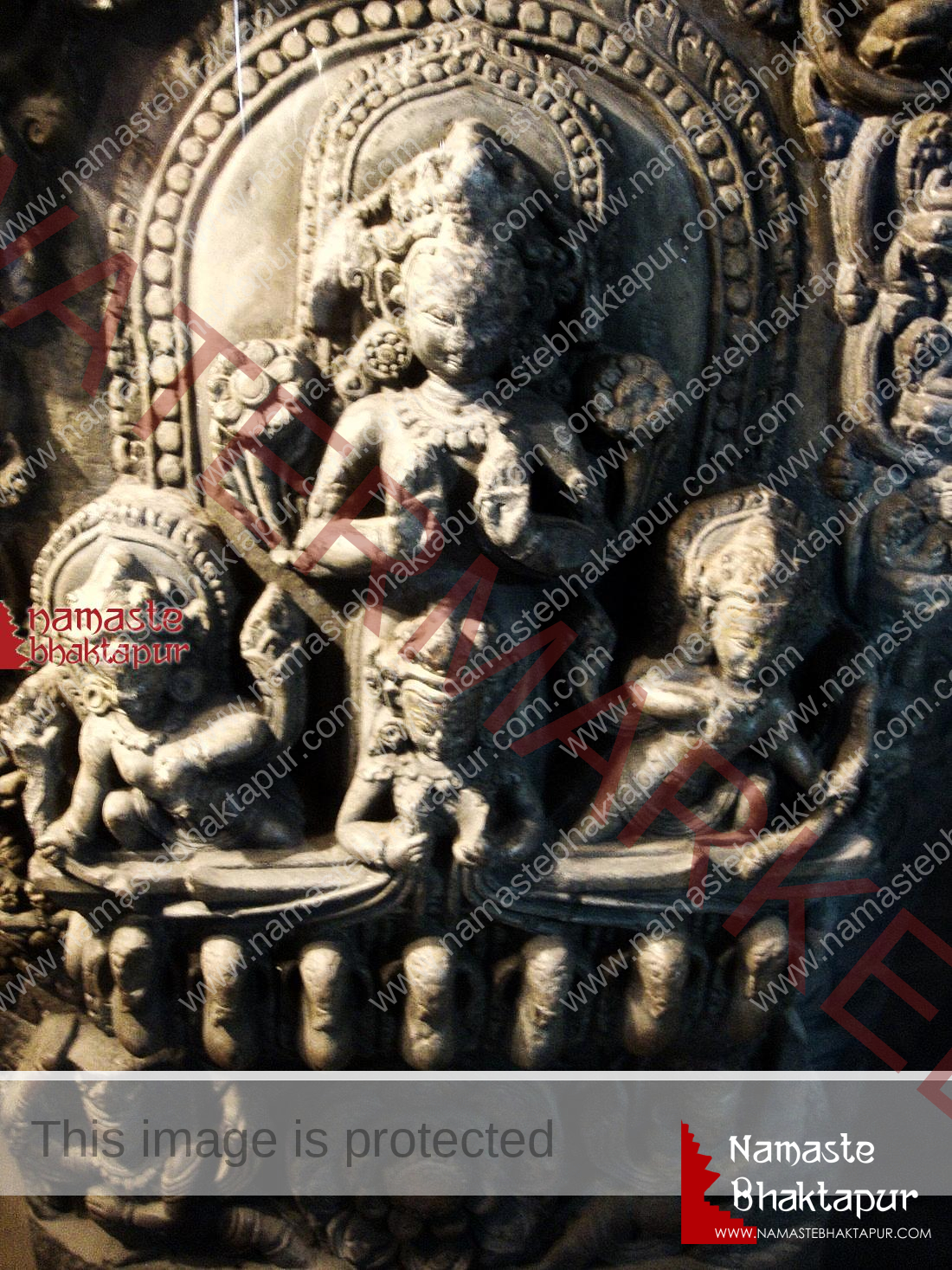
Painting Section:
The first floor is devoted to Paubhas and Manuscripts, as well as paintings. Particularly noteworthy are the Paubhas. Vasundhara Mandala, Ganeshwith Shakti, Mahisa Sambhara, Vajra Yogini, and Shiva Viswarupa are among the most important of these. There are five showcases in the main exhibition hall in the center of the room that include some extremely valuable ancient illustrated manuscripts and covers. One of them represents King Pratap Malla’s pilgrimage visit. The manuscripts of 11th Century Vishnu Dasavatara and the 13th Century Manuscript cover of Shiva Dharma Puran are two more important items. In this portion, there is a rectangular room that resembles a corridor, with rows of paintings representing Shiva Viswarupa, who is multi-armed and multi-headed, on the northern wall painting facing south. Watercolors of the aquatic world, mythical dragons, numerous birds, bulls, and other animals are shown along the long hallways. They are the outstanding examples of Nepalese medieval folk art.
